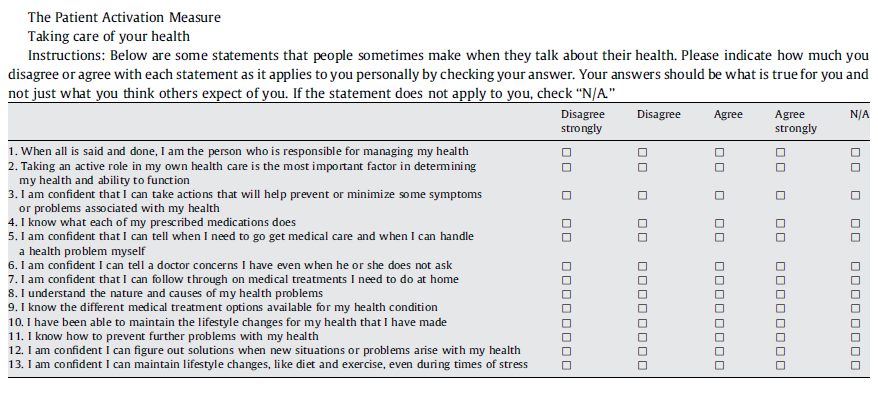Who’s killing whom?
Writing in The New York Times the other day, Paul Krugman had this to say:
And while supposed ObamaCare horror stories keep on turning out to be false, it’s already quite easy to find examples of people who died because their states refused to expand Medicaid. According to one recent study, the death toll from Medicaid rejection is likely to run between 7,000 and 17,000 Americans each year.
Really? 17,000 deaths per year? This outrageous claim flies in the face of years of careful study by real economists — who have concluded that there is almost no relationship between health insurance and mortality in the general population. As we previously reported:
In independent empirical papers, Richard Kronick and David Card and his colleagues find little evidence that health insurance coverage significantly reduces mortality. Former Director of the Congressional Budget Office June O’Neill and her husband Dave also conclude that lack of insurance has little or no impact on mortality. See the discussion at this blog here, here and here.
So where does Krugman’s claim come from? Not from economists, it turns out, but from a Health Affairs blog post by Sam Dickman, David Himmelstein, Danny McCormick and Steffie Woolhandler. And notably, they do not do what serious scholarly papers do — acknowledge the work of other scholars who have addressed this same topic.
Their numbers rely on surveys known to overestimate the uninsured and on results from papers with methodological problems that are both serious and widely known. Their claim that failing to expand Medicaid in conformance with ObamaCare dictates will kill somewhere between 7,115 and 17,104 people a year confuses ideological posturing with scholarship.
Knock, knock, knockin’ on heaven’s door
Read More » »






